It’s worrisome for inbound marketers, whose mission is to turn website visits into sales leads. So let’s learn how to reduce bounce rates.
The Bounce Rate Infographic
QuickSprout has prepared an infographic that illustrates why bounce rate is essential, highlights industry averages, and outlines adjustments you can make to minimise your website’s bounce rate. See?
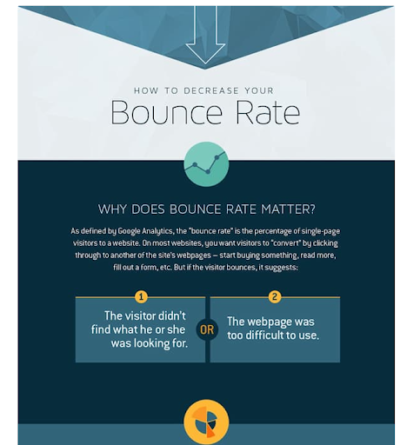
Having a standard helps you compare yourself to industry rivals.
Find 2021 bounce rates below:
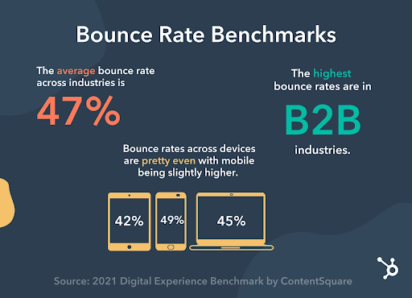
How to Reduce the Bounce Rate:
1. Be realistic
Set realistic expectations for your bounce rate. According to the infographic, use previous data to gauge your website’s performance.
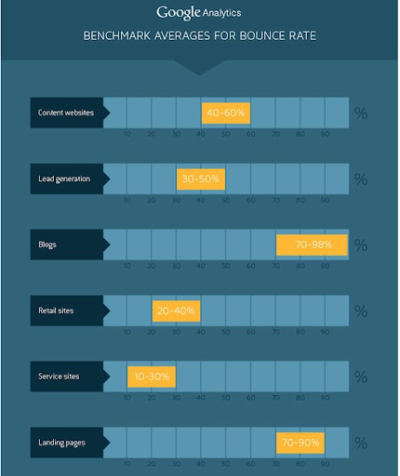
Compare it to industry and platform averages.
Your B2B brand has a 56% bounce rate. The average industry bounce rate is 47%, so yours is high.
However, B2B industries have a 75% bounce rate. Your company’s 56% is good. While you shouldn’t stop trying to reduce your bounce rate, it’s crucial to compare yourself to standards.
When you’re only competing against yourself, use previous data to guide your strategy.
2. Getting Quality Visitors
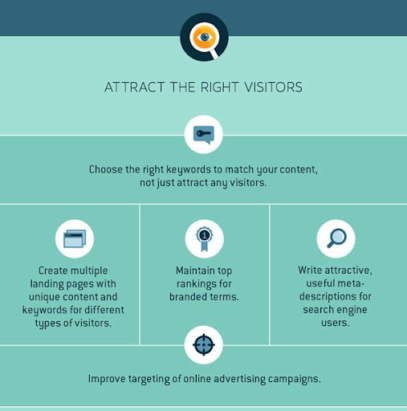
Imagine you’re shopping. You search an aisle for an item. You can’t find it. Then what? Ask for help or try another aisle.
Consider your website an aisle. If visitors don’t like your material, they’ll depart.
How do you attract the right customers?
- Create distinct landing pages for each buyer’s persona
- Maintain brand rankings
- Write SEO-friendly meta descriptions
- Improve online ad targeting
3. Be user-focused
No one today has the tolerance for a complicated website. You only have a few seconds to create a user-friendly website.
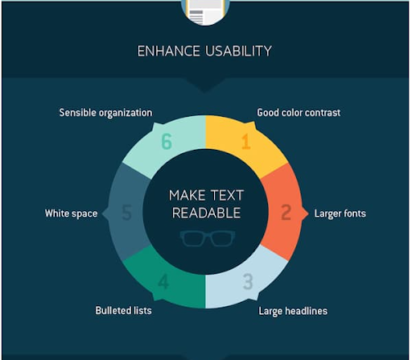
Here’s how:
- Use larger fonts, bulleted lists, white space, colour contrast, and large headers to make content readable.
- Use a well-organized, responsive design for simple navigation across platforms and browsers.
- Don’t distract readers with advertisements. Avoid pop-ups and auto-loading multimedia advertising.
4. Accelerate page loading
Page speed is one reason website visitors depart. Google reported in 2017 that a 10-second page load time increases the mobile bounce rate by 123%.
When did you last wait a minute for a page to load? Most users exit to discover a better website.

Multiple things can slow down a website:
- Dimensions
- Auto-loading media
- Server
- A two-second page load is good. Test your page speed often to make sure it’s fast enough
- Produce quality content
- Website content may make or break the visitor experience
Your content:
Does your content keep readers reading?
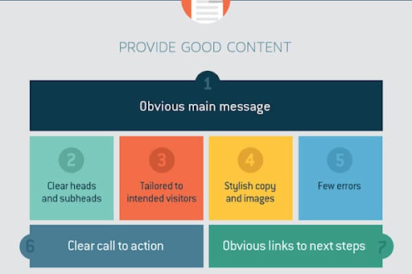
Does your material make sense?
Does it address your visitors’ questions? Is it clickbait?
If you’re not sure, have a third-party check your work. Consider employing a high-quality copywriter.
6. Test and optimize
Every website change affects the bounce rate. ad placement to page content
You must monitor your website for traffic changes. If your bounce rate and visits drop, do A/B tests to understand what page elements are causing it.
Optimize your page after identifying issues.
Improve your bounce rate. Use optimization tools to reduce bounce rates.
Optimize? The following checklist will be helpful to improve your website
Shopify Bounce Rate Reduction
An increase in bounce rate can hurt eCommerce income.
First, align your search campaign and landing page to reduce Shopify’s bounce rate. This implies matching keywords with landing page content.
Follow best practices to optimize your landing page for conversions (e.g. clear CTA, no navigation bar).
Next, build page credibility. As social proof, show customer reviews and testimonials. Add trust badges to your website to show you’re respectable.
Add live chat to your page to help shoppers. These interactions may help you optimise your page.
Invest in technologies like Optimizely, Hotjar, Unbounce, and Crazy Egg to better study visitor behavior on your site.
Blog bounce rate reduction
The following formulas can reduce your blog’s bounce rate.
Have a clear page structure. Headers and subheaders assist users (and search engines) understand page content and organisation.
Photos, animations, graphics, and videos help break up text and diversify information delivery.
Error-free content When users encounter errors on a page, they may distrust the brand’s legitimacy and leave.
Call-to-action – Having a clear next step for website visitors can assist them. Need more readers? Post links. Want a download? Incorporate a CTA.
Reduced email bounce rates:
The email bounce rates vary across various channels.
The email bounce rate is the number of undeliverable emails. Soft and hard bounce rates exist. The first alludes to a permanent email delivery difficulty, whereas the second is transitory.
Consider 100 email subscribers. 98% receive your email blast. 2% is your email bounce rate.
Campaign Monitor reports a 0.7% bounce rate. Providers’ numbers differ.
The normal bounce rate is 0-2%. Beyond that, dig deeper.
How to lower your email bounce rate:
Sending a confirmation email with a CTA to subscribe ensures the given email is correct and working.
Remove inactive subscribers to ensure your email addresses are active.
Free sender platforms won’t cut it for email marketing. This means using HubSpot, MailChimp, SendinBlue, and others instead of Gmail, Hotmail, or Yahoo.
Low-Bounce-Rate Website Design
Bounce rate websites need continuous monitoring and maintenance.
By making sure your content is aligned with visitors’ needs, easy to navigate, and clear, you can reduce bounce rate.
Check out 6 Most Important Factors to consider choosing a Domain Name for your Website
